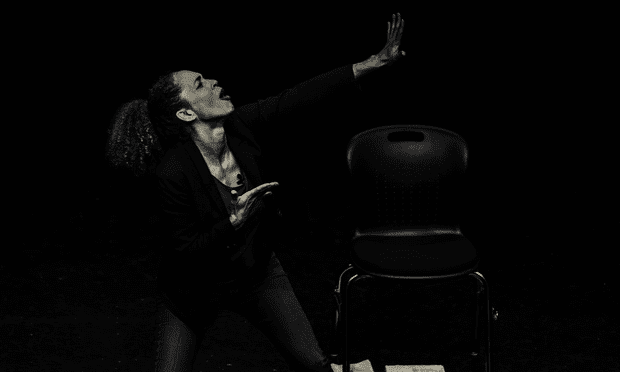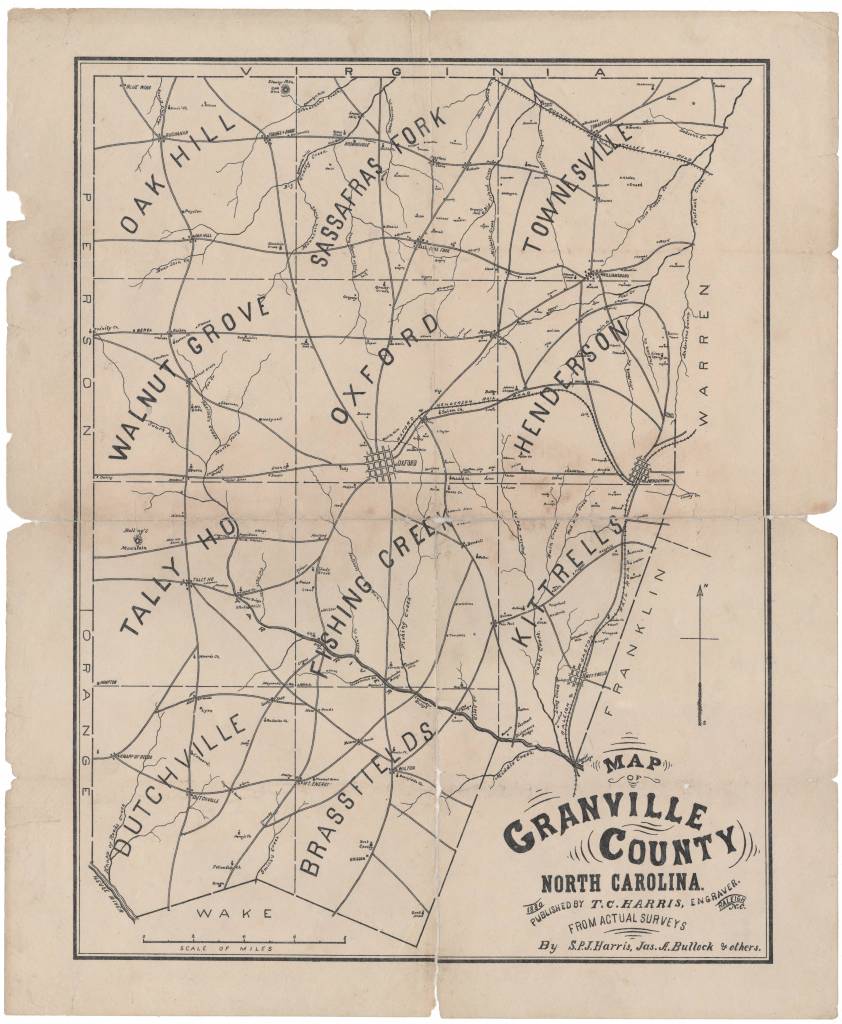Japan Reborn: Mixed-Race Children, Eugenic Nationalism, and the Politics of Sex after World War II
Columbia University
2015
DOI: 10.7916/D83F4NS4
Kristin A. Roebuck, Mellon Postdoctoral Fellow in History
Cornell University, Ithaca, New York
In April 1952, Japan emerged from Allied occupation free, peaceful, and democratic.
Japan’s presses marked the occasion by declaring a state of crisis: the “konketsuji [mixed-blood children] crisis.” By all accounts, Allied soldiers had sired and abandoned two hundred thousand “mixed-blood” orphans in Japan. However, Chapter One reveals this to be a fabricated crisis or “moral panic.” Surveys found only a few thousand konketsuji nationwide, very few of them orphans. Yet these discoveries did little to change the tenor of “crisis.” Opposition politicians deployed wrath and fear over “blood mixing” to discredit the dominant Liberal Party and its alliance with the United States. They were abetted by an array of postwar activists who used the “crisis” to reconstruct Japanese nationalism, laid low by defeat and occupation, on a new basis: the “pure” race rather than the failed state.
Chapter Two explores how the panic over “blood mixing” inevitably embroiled not just children but women as well. Japanese women were subject to intense pressures to eschew sex and family formation with Western men, and to abort “mixed” fetuses on eugenic grounds rather than bear them to term. 1948 marked the beginning of the end of criminal prosecution of abortion in Japan. The law that inaugurated this shift, the Eugenic Protection Law (EPL), is generally viewed as an advancement in women’s rights, despite the fact that the EPL envisioned and promoted the use of abortion as a means of managing the “quality and quantity” of Japan’s population.
Scholarship on the links between eugenics and the decriminalization of abortion in Japan is vast, but scholars have yet to probe deeply into how eugenic abortion was applied to control—or forestall—“race mixing” after the war. Although it was politically impossible for the government to impose abortions outright on women who might be pregnant with the children of Japan’s conquerors, such women were nonetheless targeted for eugenic intervention. For these women, abortion was not an option granted in a liberal democracy concerned with women’s rights. Abortion was an imperative imposed by a diverse array of governmental and non-governmental actors united behind an ideology of “pure blood.”
Chapter Three explains how postwar scientific presses framed konketsuji born in the wake of World War II as an unprecedented presence. Geneticists, physical anthropologists, clinicians, and other researchers from the late 1940s through the 1970s deployed a “system of silences” to erase Japan’s prewar konketsuji community from view. They thereby not only constructed the Japanese as a racial community bounded by “pure blood,” but denied that the racialized nation ever had or ever could assimilate foreign elements. Scientific spokesmen effected the discursive purification of Japan despite resistance from “mixed-blood” adults who organized to contest the rising tide of racial nationalism. In the process, these scientists severely undercut the “mixed” community’s advocacy of a civically rather than biologically constituted nation.
Chapter Four contrasts the decline of race science and eugenics in the West with their efflorescence in postwar Japan, where conditions of occupation heightened the relevance of racial eugenics as a prescription for national unity and strength. It is well known that Anglophone genetics and physical anthropology were led at the mid-century by immigrants and minorities, prominently including Theodosius Dobzhansky and Ashley Montagu. Yet without comparative analysis, it is difficult to weigh the significance of this fact, or of the fact that minorities did not lead the Japanese sciences. Japanese geneticists and anthropologists who identified as having “pure Japanese blood” never questioned that biopolitical category or the costs it imposed on those it excluded.
I argue that who practiced science counts for much more than is allowed by objectivist narratives of self-correcting scientific “progress.” My project explains for the first time why racial nationalism and an ethos of ethnic cleansing triumphed in Japan at the very moment these forces receded in other contexts.
Embargoed until 2017-06-30.







